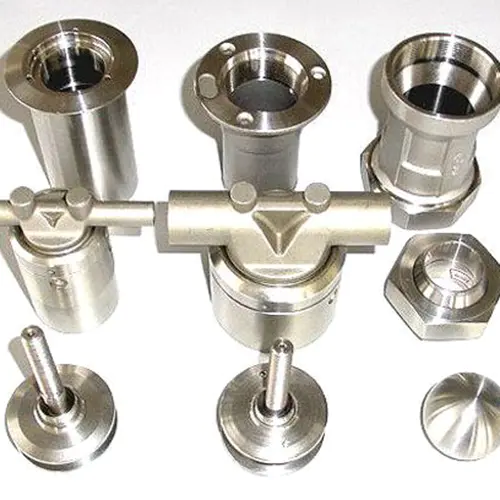Stainless steel parts machining production process requirements
1. Stainless steel parts machining material selection:
first of all, stainless steel parts processing needs to be prepared for the processing of stainless steel materials suitable for processing. Stainless steel materials usually have high hardness and toughness, so it is crucial to choose the right material for the parts machining process. Common stainless steel materials include 304 stainless steel, 316 stainless steel, etc. The appropriate material should select according to the specific application requirements.
2. Stainless steel parts machining design and planning:
before the stainless steel parts processing, the parts need to be designed and planned. This includes determining the function, size, shape and special requirements of the parts. The use of computer-aided design (CAD) software can help with three-dimensional modeling of parts and technical drawings.
3. Stainless steel parts machining process selection:
according to the shape, size and requirements of the parts, select the appropriate processing technology. The main process of stainless steel parts processing includes cutting, welding and polishing. The cutting process requires the use of specialized cutting tools and equipment, such as milling machines, lathes and so on. Welding process can connect different parts together to form larger parts. The polishing process can make the surface of stainless steel parts smoother and brighter.

4. dimensional accuracy:
in stainless steel parts processing, dimensional accuracy is very important. According to specific product requirements, different dimensional tolerances need to controll. In the processing process, it is necessary to use appropriate measuring tools and precision control methods to ensure that the dimensional accuracy of the product meets the requirements.
5. surface quality:
the surface quality of stainless steel products is very important for aesthetics and corrosion resistance. In the processing process, should pay attention to avoid surface scratches, defects and oxidation. For products with high surface quality requirements, polishing, sandblasting and other methods can be used to improve the surface quality.
6. welding requirements:
the welding of stainless steel materials need to pay attention to the selection of appropriate welding methods and welding materials. Common welding methods include TIG welding, MIG welding and arc welding. In the welding process, should pay attention to protect the welding area from oxidation and pollution to ensure the quality of welded joints.
7. Cleaning and protection:
Stainless steel products need to clean and protect after processing finish, so that to ensure that they maintain good performance during use.
